A well-designed layer chicken house is crucial for the health, comfort, and productivity of your flock. Proper housing ensures optimal egg production, protects chickens from environmental stress, and minimizes disease risks. Below is a guide to designing a functional and efficient layer chicken house.
1. Location and Orientation
- Location: Choose an elevated site to prevent waterlogging and flooding. Ensure the area is secure from predators.
- Orientation: Position the house to face east-west to minimize direct sunlight and heat during the hottest parts of the day.
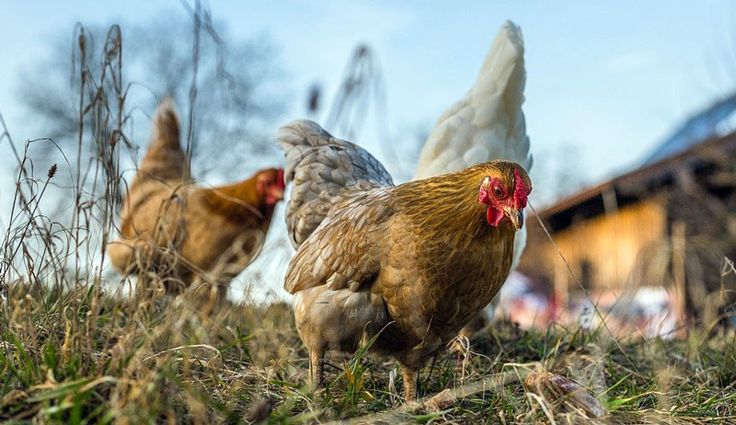
2. Size and Space Requirements
Overcrowding causes stress and reduces egg production. Adhere to the following space guidelines:
- Floor Space: Provide 2-3 square feet per bird.
- Nesting Boxes: Offer one nesting box for every 4-5 hens, ensuring they are dark, quiet, and clean.
- Perches: Allow at least 6-8 inches of perch space per bird for roosting.
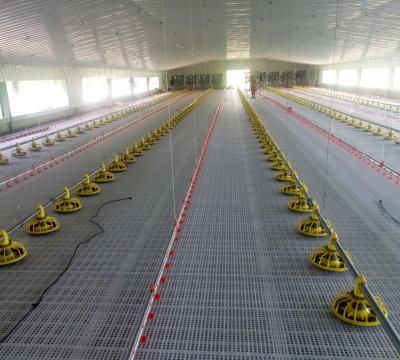
Excitingly, at Kimd Group of Companies, we support beginner farmers by offering tailored business proposal writing services and design plans for various animal capacities. Therefore whether you’re just starting out or looking to expand, we provide the resources and expertise to help you succeed in the farming industry.
3. Ventilation and Lighting
- Ventilation: Install windows, vents, or exhaust fans to ensure proper airflow, which reduces heat, moisture, and ammonia buildup.
- Lighting: Use artificial lighting to provide 14-16 hours of light daily to stimulate egg production, especially in shorter daylight months.
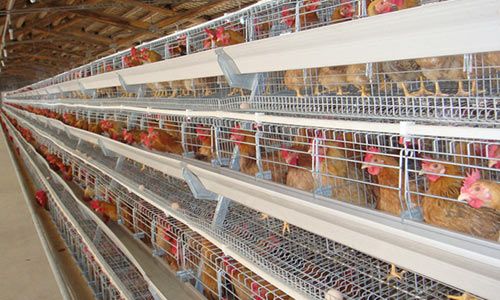
4. Flooring and Bedding
- Flooring: Use concrete floors for easy cleaning and durability, or compacted soil for cost-effective alternatives.
- Bedding: Add a layer of wood shavings, straw, or sawdust to absorb moisture and provide comfort. Replace regularly to maintain hygiene.
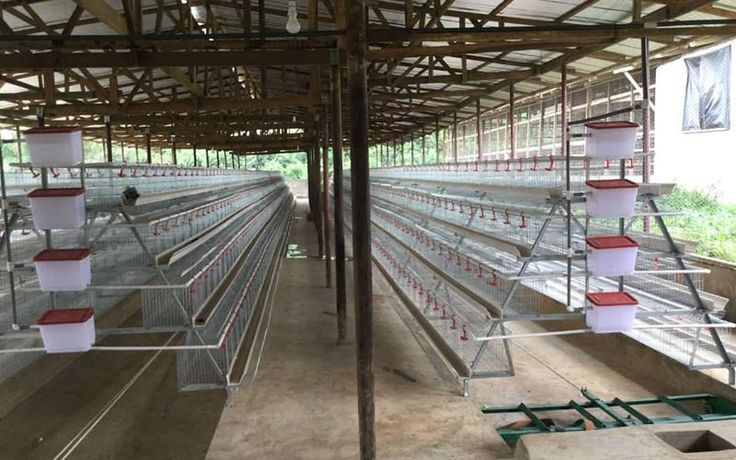
5. Security Features
- Fencing: Surround the chicken house with sturdy fencing to keep predators out.
- Doors: Use secure latches on doors and nesting boxes.
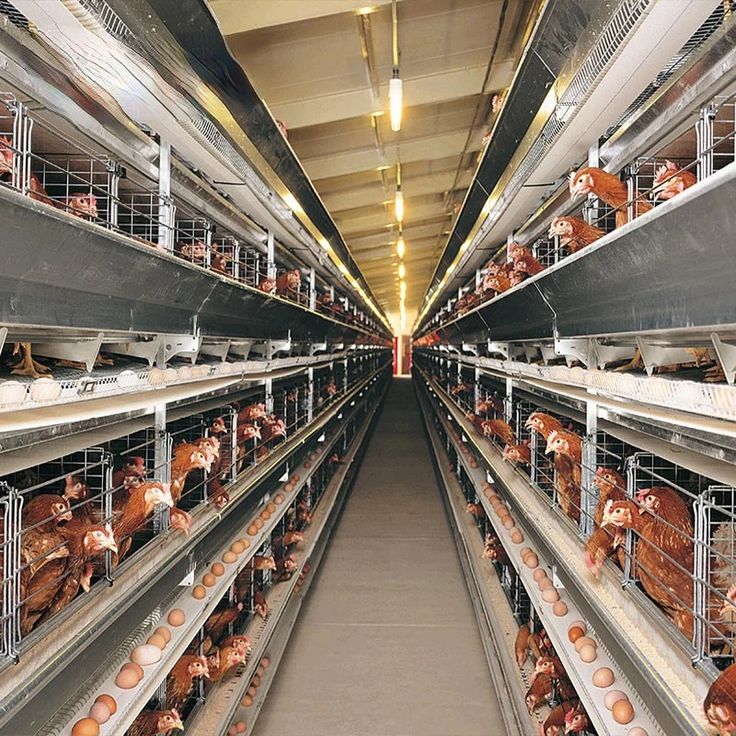
6. Accessibility
Design the house with easy access for cleaning, egg collection, and feeding. Walkways should be wide enough for convenient movement, and feeders and waterers should be placed where they are easily reachable for both hens and caretakers.
7. Temperature Control
Install insulation or use curtains to regulate temperature. Heating systems may be required in colder climates, while fans or open sides are beneficial in hot regions.
Conclusion
The perfect layer chicken house balances comfort, security, and efficiency. By carefully planning the layout, providing adequate space, and incorporating essential features like ventilation and lighting, farmers can create an environment where their chickens thrive, leading to consistent egg production and improved profitability.
